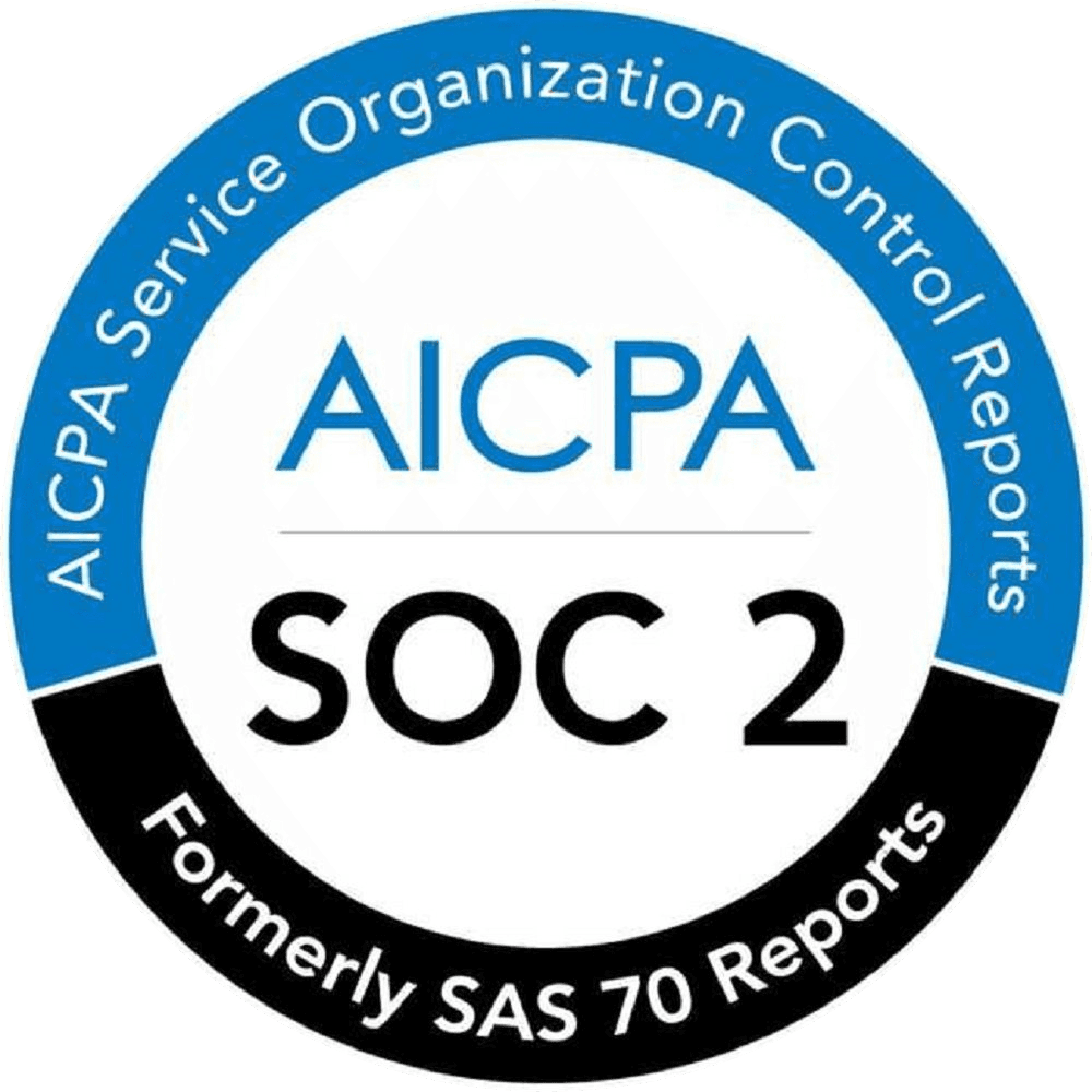Code Security
Dec 27, 2024
CVE-2024-30088: Understanding and Mitigating the OilRig Windows Kernel Vulnerability

Amartya Jha
Founder & CEO, CodeAnt AI
Cybersecurity experts are raising alarms over CVE-2024-30088, a critical vulnerability in the Windows kernel. This flaw has already been actively exploited by the OilRig Advanced Persistent Threat (APT) group, known for sophisticated espionage campaigns.
The vulnerability enables attackers to gain unauthorized kernel-level access, bypassing core security protections. Similar to the recently disclosed Siemens UMC CVE-2024-49775, which exposed critical industrial systems to remote code execution, CVE-2024-30088 highlights how both enterprise software and operational technology are being aggressively targeted.
In this blog, we’ll explain what CVE-2024-30088 is, how it works, its impact, who is at risk, and the actions organizations must take to mitigate it.

About the Issue
CVE-2024-30088 is a privilege escalation flaw in the Windows kernel. Attackers exploiting it can gain administrative rights, run malicious code, and evade detection.
The OilRig APT group, a state-linked cyber-espionage actor, has weaponized this flaw to infiltrate government and enterprise networks. According to MITRE’s CVE database, this vulnerability is rated critical due to its ability to bypass standard security controls.
How Does It Work?
The vulnerability resides in the Windows kernel's input-output (IO) subsystem, which manages communication between software and hardware. Here's a breakdown of the exploitation process:
Discovery and Exploitation: Attackers identify the flaw through careful reconnaissance of kernel processes. They exploit the IO subsystem to bypass memory protection mechanisms.
Payload Deployment: Using crafted packets, OilRig injects malicious payloads into the system, enabling execution of unauthorized commands.
Privilege Escalation: Exploiting CVE-2024-30088 allows attackers to gain administrator-level access, which can be used to disable antivirus software, extract sensitive data, and establish persistence on the host system.
Data Exfiltration and Lateral Movement: Once inside, the attackers move laterally across the network, harvesting credentials and compromising connected systems.
Impact
The exploitation of CVE-2024-30088 can have severe consequences, including:
Data Breaches: Compromised systems can lead to sensitive data being stolen or exposed.
Operational Disruption: Critical infrastructure and organizational workflows may be interrupted.
Financial Losses: Organizations face potential revenue loss, costs for recovery, and reputational damage.
Who is Affected?
This vulnerability poses a significant risk to:
Government Agencies: OilRig has a history of targeting state-level institutions for cyber espionage.
Large Enterprises: Financial, healthcare, and energy sectors are primary targets due to valuable data assets.
Individuals: Any Windows system without the latest security updates is potentially vulnerable.
Mitigation and Recommended Actions
Microsoft has issued official security updates addressing CVE-2024-30088. Organizations should immediately:
1. Apply Security Patches
Update to the patched versions below (or later):
Windows 10 Version 1507 → 10.0.10240.20680
Windows 10 Version 1607 → 10.0.14393.7070
Windows 10 Version 1809 → 10.0.17763.5936
Windows 10 Version 21H2 → 10.0.19044.4529
Windows 10 Version 22H2 → 10.0.19045.4529
Windows 11 Version 21H2 → 10.0.22000.3019
Windows 11 Version 22H2 → 10.0.22621.3737
Windows 11 Version 23H2 → 10.0.22631.3737
Windows Server 2016 → 10.0.14393.7070
Windows Server 2019 → 10.0.17763.5936
Windows Server 2022 → 10.0.20348.2522
Windows Server 2022 Version 23H2 → 10.0.25398.950
2. Enable Endpoint Protection
Deploy advanced EDR (Endpoint Detection & Response) tools to detect anomalous behavior early. Vendors like CrowdStrike and SentinelOne recommend strict kernel monitoring.
3. Implement Network Segmentation
Reduce the attack surface by isolating critical systems and limiting unnecessary access.
4. Strengthen Developer & Code Security
Beyond OS patches, organizations need continuous code and dependency checks. Tools like CodeAnt AI help enforce secure coding practices, automate vulnerability detection in CI/CD, and ensure governance at the code review stage—before exploits reach production.
5. Train and Monitor
Educate employees on phishing vectors and monitor system logs for unusual privilege escalations or large outbound data transfers.
Conclusion
CVE-2024-30088 highlights the critical importance of timely vulnerability management and proactive defense measures. The OilRig APT group's exploitation of this flaw underscores the evolving sophistication of cyber threats. Organizations must prioritize patch management, enhance monitoring capabilities, and adopt a zero-trust security model to stay ahead of attackers.
By understanding the nature of this vulnerability and implementing recommended mitigations, businesses can significantly reduce their exposure to this and similar threats in the future.













